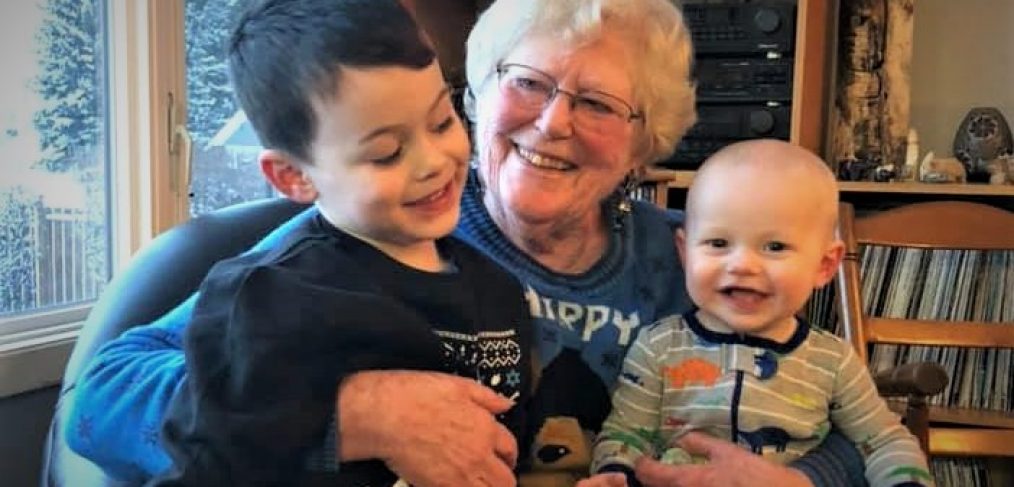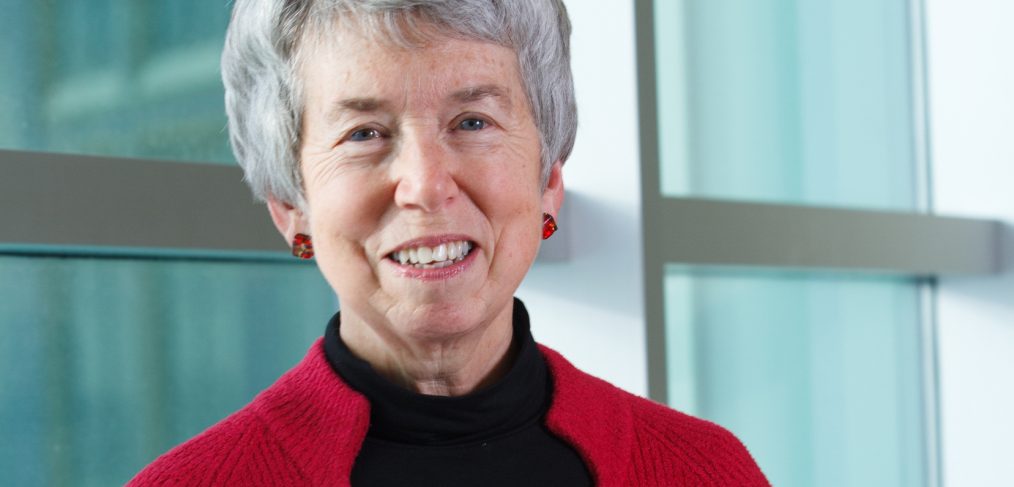In 1998 I was offered a position at the University of Calgary. Before I accepted, I needed to know that there was a good Jewish congregation in Calgary for me and my son. Temple B’nai Tikvah was the only choice – it was then the only Calgary congregation that would let me on the bimah. But it offered much more. From the first service we attended, we found a warm and welcoming egalitarian community, a congregation committed to inclusion and diversity, that combined worship, learning, and tikkun olam. Temple became my Jewish home. I celebrated my Bat Mitzvah here at age 59, my son and daughter-in-law were married here, my grandsons were welcomed into Jewish community here.
Three years after I joined Temple, Rabbi Howard Voss-Altman invited me to join the Temple Board. I’m still there, still moved by the diverse commitments to Judaism that inspire Board members to support Temple’s worship, services, and community.
I support LIFE & LEGACY because I want to ensure that Temple B’nai Tikvah endures. I want it to be there to welcome newcomers and connect us, however we engage Jewishly. My two most important reasons are my grandsons. I want our congregation to be there for them as they attend Shabbat School and celebrate their Bar Mitzvahs, to be there for them as adults if they remain in Calgary. I trust that wherever they may go some generous people are now ensuring that another congregation will be there to welcome them. LIFE & LEGACY expresses my gratitude for this community. It is my small contribution to ensuring Jewish community l’dor v’dor, from generation to generation, for all our children and grandchildren.
Temple Board of Directors have agreed to replace our 1955 cast iron boiler this summer. I consider the boiler to be the “heart of our building” as it keeps us warm in the winter by delivering hot water to the radiators throughout the building. The 68-year-old boiler will be replaced by two Cleaver Brooks energy efficient condensing boilers. Nine pumps that operate continuously will be replaced by two operating pumps with two spares. This design is expected to reduce our operating costs using less electricity and less natural gas.
The boiler room is in the basement on the north side of the building. We will be shutting down the system at the beginning of July in order to begin construction. The old equipment will be removed making room for the new boilers and pumps that will be installed this August. There will be no heat in the building this summer. The plan is to have the new system operational by September 1, 2023, in time for High Holidays which begin on September 15, 2023.
Our building is 68 years old, so it is important that we maintain it. The building is heated by one boiler. The existing system has no redundancy. That means if the old boiler breaks down, there will be no heat in the building. The new system will have redundancy. As of September, if one pump fails, we will have a backup. If one boiler has a problem the other boiler will maintain heat.
If you have any questions regarding this project, please contact me by phone or email. I will be pleased to answer. I am excited to see the old system replaced with modern energy efficient equipment.
In February 1979 I moved to Calgary, and in April Judy and Ron Bing and others had the first get-together of what would become Temple B’nai Tikvah. I heard about the Bing get-togethers but decided to spend some time exploring the other Jewish resources in Calgary before committing to one. After a couple of years, however, it became clear to me that Temple would be my Jewish home. Having left all my Jewish relatives thousands of miles away, the congregation quickly became true family for me.
Some years I was very active, and others not so much. But as with biological relatives, Temple was always there, offering me Jewish holiday observance, community Seders, and Jewish friends. So, when the idea emerged that we could build an endowment fund to ensure Temple’s future for the long term, I knew I wanted to join. I changed my after-life bequest from being a direct donation to Temple, to a donation to Temple’s endowment fund; this way, the funds will generate interest income forever. And I decided that this is where I would devote my volunteer hours, because I believe so strongly about working together to ensure the financial future of our Jewish institutions. I am thrilled that our first four years of work have touched so many hearts: almost 20% of the Temple congregation has joined the LIFE & LEGACY program.




